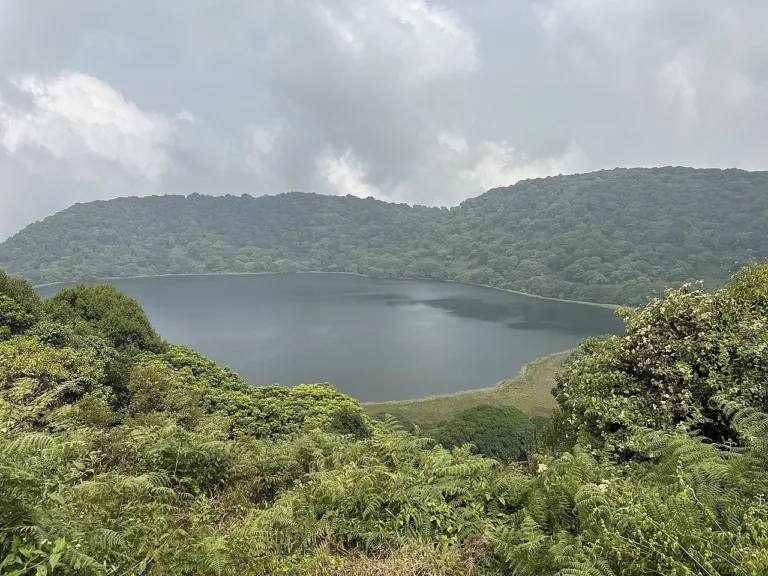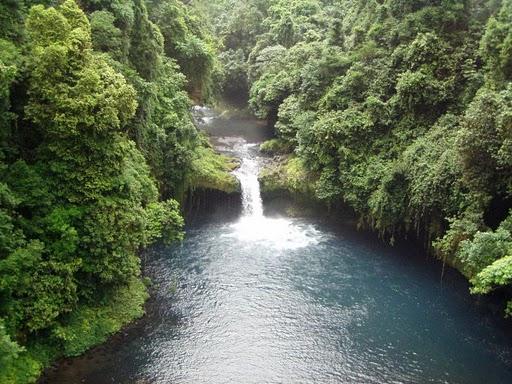AFRICA Listing Details
Africa listing details. ProdAfrica Business Directory is the best way to make business in Africa. We connect Europe and Africa. Your listing is visible now.
VERIFIED LISTING PUBLIC COMPANY OR LOCATIONValue sectors where we participate
Specializations or competitive advantages
Who we are
The Scientific Reserve of the Luba Crater is one of the most prominent natural areas in Equatorial Guinea. It is located on the island of Bioko, which is part of the country’s insular region. This reserve is recognized for its ecological, biological, and cultural significance.
It is managed by the National Institute for Forestry Development and Protected Areas Management (INDEFOR-AP), a governmental entity responsible for overseeing protected areas in Equatorial Guinea.
The Luba Crater is a geological formation resulting from volcanic activity on the island. Its landscape includes mountains, dense forests, and volcanic soils, creating a unique environment.
The reserve is home to a rich diversity of flora and fauna, including species endemic to Bioko Island. Notable animals in the area include critically endangered primates such as the drill (Mandrillus leucophaeus poensis) and the red colobus (Piliocolobus pennantii), as well as many bird species endemic to Bioko. The beaches nearby serve as nesting sites for marine turtles like the leatherback and green turtles.
The crater is primarily covered by primary tropical forest, making it one of the last areas of virgin rainforest in West Africa. The site is of great interest to researchers due to its unique ecosystem and the presence of endangered species. Many international institutions collaborate on conservation projects in the area.
The reserve also holds cultural importance for the local communities of Bioko Island, who have coexisted with this natural environment for centuries.
Despite its protected status, the reserve faces several challenges. Deforestation, driven by human activities such as agriculture and logging, poses a risk to parts of the reserve. Poaching, particularly of primates and turtles, threatens the wildlife. Additionally, climate change may impact the sensitive ecosystems of the crater.
In response to these challenges, the government of Equatorial Guinea, together with international organizations, has implemented protective measures and awareness programs. However, greater investment and support are necessary to ensure the long-term sustainability of the reserve.

